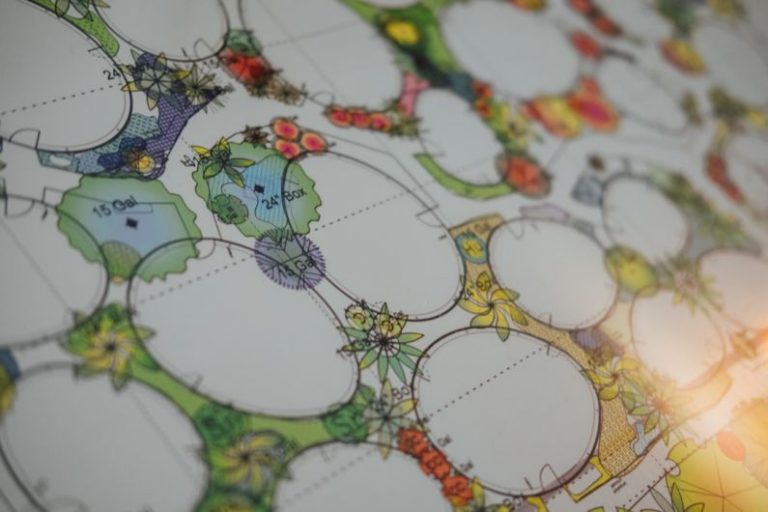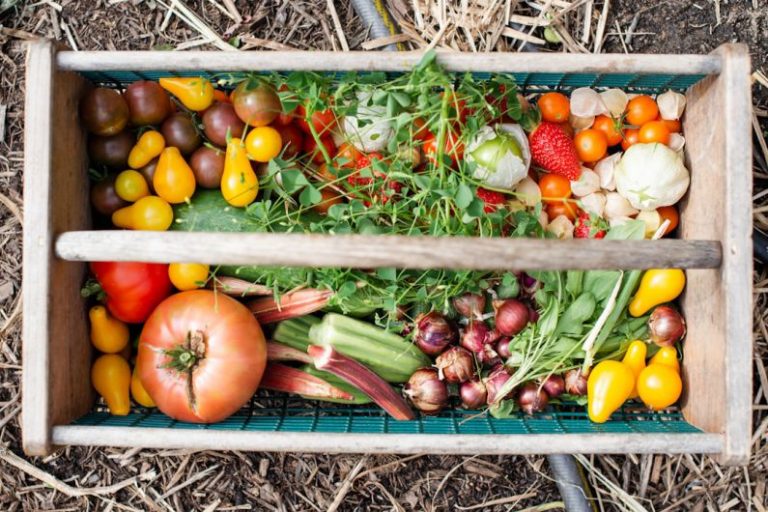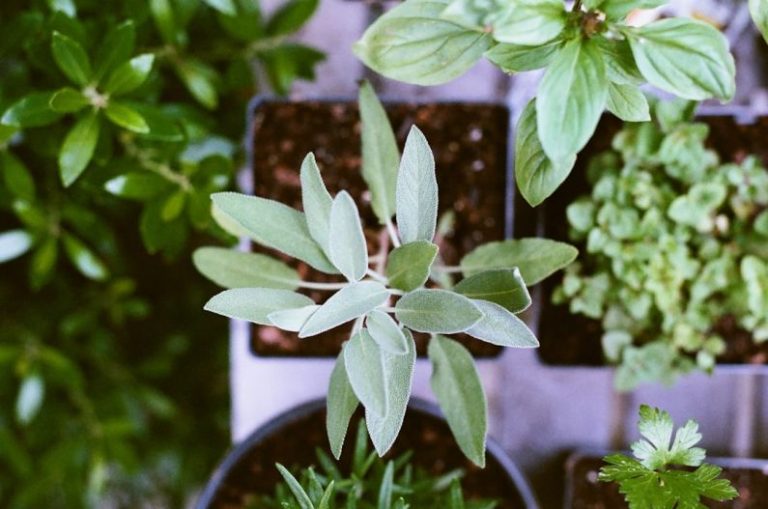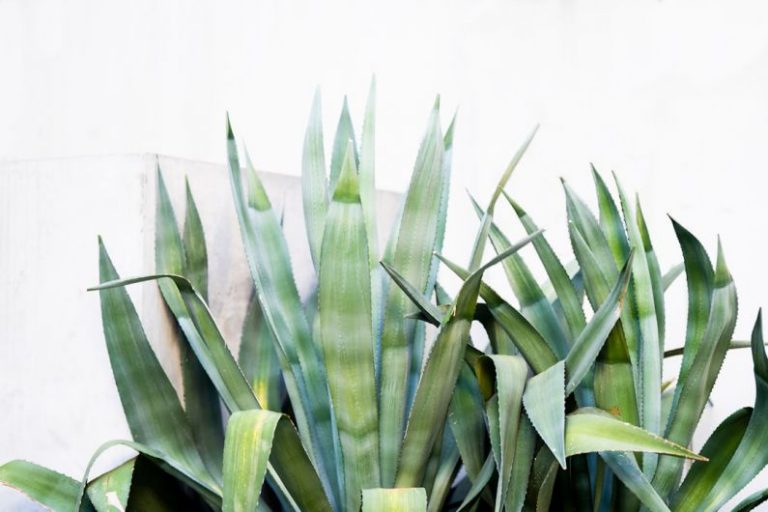Indoor Plants for Beginners
Adding indoor plants to your living space can bring a touch of nature indoors while also providing numerous benefits for your well-being. For beginners, selecting the right indoor plants can seem like a daunting task with the array of options available. However, with a little guidance and understanding, you can easily incorporate indoor plants into your home and enjoy the beauty and benefits they offer.
Choosing the Right Plants
When starting your indoor plant journey, it’s essential to select plants that are low-maintenance and can thrive in indoor environments. Opt for plants that are known for their ability to adapt to various light conditions and require minimal watering. Some excellent choices for beginners include:
– **Snake Plant**: Also known as Mother-in-Law’s Tongue, the snake plant is a hardy plant that can survive in low light conditions and requires infrequent watering. It is an excellent choice for beginners due to its resilience and air-purifying properties.
– **Spider Plant**: The spider plant is another low-maintenance option that is perfect for beginners. With its arching leaves and ability to thrive in indirect light, it adds a touch of greenery to any space. Spider plants are also known for their air-purifying qualities.
– **Pothos**: Pothos plants are versatile and can adapt to various light conditions, making them ideal for beginners. These plants have trailing vines and come in different variegated colors, adding visual interest to your indoor space.
Caring for Your Indoor Plants
Once you’ve selected the right plants for your space, it’s essential to understand how to care for them properly. Here are some general tips for caring for indoor plants:
– **Light**: Most indoor plants require indirect sunlight to thrive. Be mindful of the light requirements of each plant and place them in locations where they can receive adequate light without being exposed to direct sunlight, which can scorch their leaves.
– **Watering**: Overwatering is a common mistake made by beginners. It’s crucial to allow the soil to dry out between waterings to prevent root rot. Stick your finger into the soil to check for moisture before watering your plants.
– **Humidity**: Indoor plants often benefit from increased humidity levels. You can mist your plants occasionally or place a humidifier near them to create a more favorable environment.
– **Pruning**: Regularly inspect your plants for any yellowing or dead leaves and remove them to encourage healthy growth. Pruning also helps maintain the shape and appearance of your plants.
– **Fertilizing**: While indoor plants don’t require frequent fertilization, providing them with a balanced houseplant fertilizer during the growing season can help promote growth and vitality.
Decorating with Indoor Plants
In addition to their air-purifying properties and wellness benefits, indoor plants can also enhance the aesthetic appeal of your living space. Here are some creative ways to incorporate indoor plants into your home decor:
– **Hanging Planters**: Consider suspending plants in hanging planters to add visual interest and save floor space. Hanging plants can create a cascading effect and draw the eye upward, making your space feel more expansive.
– **Plant Stands**: Elevate your plants with stylish plant stands to create a layered look in your space. Choose stands in different heights and materials to add dimension to your indoor plant display.
– **Grouping Plants**: Grouping plants together can create a lush and vibrant display. Mix and match plants of varying sizes, shapes, and textures to create a visually appealing arrangement.
– **Terrariums**: Terrariums are a fun and creative way to showcase small plants in a glass container. They add a touch of whimsy to your decor and can be customized to suit your style.
Incorporating indoor plants into your living space is a rewarding experience that can bring a sense of tranquility and beauty to your home. With the right selection of plants and proper care, you can enjoy the benefits of indoor gardening and create a green oasis indoors. Start your indoor plant journey today and watch your space come to life with the beauty of nature.






